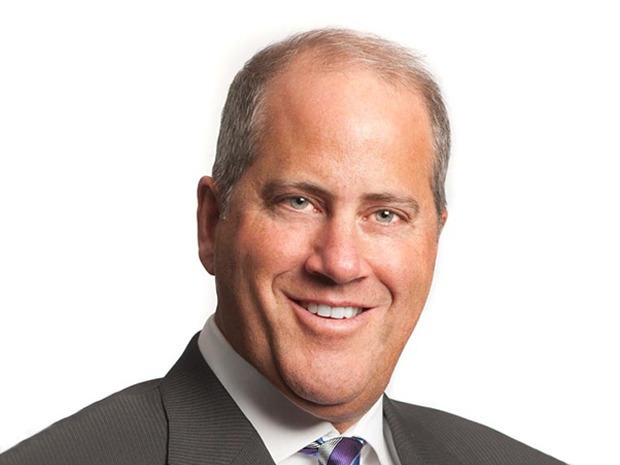A Retirement Compensation Arrangement (RCA) is a savings program, funded by both employers and employees, where contributions are overseen by a fund manager. RCAs provide the funds for retirement, as well as unemployment or an extensive change in the employee’s role. Mindful attention to planning an RCA helps employees and employers meet the tax criteria of these structures and avoid unwanted and unforeseen tax liabilities.
Different types of RCAs
RCAs can take the form of a Defined Benefit Plan (DBP) or a Defined Contribution Plan (DCP). The former provides employees with a yearly defined pension amount, whenever they retire. DCPs will only distribute what was contributed to the plan, plus whatever has been earned. In the DBP scenario, investment losses are borne by the employer, while a DCP hands the risk over to the employees. Actuaries need to be involved with a DBP to ensure the plan is funded properly.
Tax rules of an RCA
Employees pay income tax on withdrawals from the RCA in the year they receive them. Annual tax-deductible contributions – made by the employer – have a 50 per cent withholding tax. This amount is refundable. These contributions are not subject to taxation in the year the employer contributes them. Refundable taxes are recovered at the 50 per cent rate: For example, $1 of every $2 paid. Income the plan earns is also subject to the refundable 50 per cent tax and recoverable at the 50 per cent rate. Tax-deductible contributions can also be made by the employee; similarly, these are subject to the 50 per cent refundable withholding tax.
Benefits
For the employer
Rather than bear the significant costs of a Retirement Pension Plan (RPP) or Individual Pension Plan (IPP), employers can provide a retirement package using these structures. Required remittance forms and bookkeeping for the program can be done by someone working for the company. Other costs include the trust return preparation, and fees if investment advisors are consulted. Actuarial valuations may add another cost for DBPs.
RCAs can be used to assist employers in retaining employees considered key to the business, as these employees must stay on board for a certain length of time before contributions vest.
For the employee
RCA employer contributions do not lower the RRSP contribution room available for the employee. Employees with an RCA create peace of mind for themselves not only in the form of a future pension but as security against employment loss. RCA assets are protected against the employer’s creditors.
For employees earning a high income, the 50 per cent refundable withholding rate is currently less than the top tax rate in a number of provinces, making this advantageous. The plan will invest 50 per cent of the amount these individuals are paid versus less than 50 per cent had they received the money as a salary.
Employees in provinces not subject to the top tax rate still benefit from an RCA, as they can be paid out of the plan in future years with lower income levels and marginal tax rates.
Industry benefits
Organizations involved in Scientific Research and Experimental Development (SRED) may benefit most from these structures. These groups must keep taxable income and taxable capital figures low to hold on to their investment tax credits.
A beneficial use of RCAs for these organizations is to declare bonuses for the owner-managers and to pay them out of the company to reduce taxable capital, which keeps low income and taxable capital figures. Since the top tax rate in seven of the 13 provinces or territories is greater than 50 per cent, this can provide a deferral of up to 4 per cent, depending on the province your operations reside in.
Contribution amounts
A reasonable DCP contribution coincides with the 18 per cent used to create yearly RRSP deduction room. Any amount above this is likely unreasonable as it could result in the plan being recategorized as a salary deferral arrangement which may result in immediate tax to the employee.
A certain amount needs to be accessible within the DBP program to fund future pension obligations; similarly, the future pension amount needs be deemed reasonable. Whatever this amount may be depends on several factors specific to each company.
The Canada Revenue Agency (CRA) will accept deductions that recognize years of services in previous years; thus there may be significant contributions to the plan when the RCA is first created.
RCAs need to meet certain tax criteria, otherwise tax liabilities could arise. Speak to your tax advisor when creating or updating an RCA.


